Peelers and peels
- rosemarydearman1
- Aug 4, 2019
- 7 min read
"Cooking is how you acquired the leftover peels and it is how you will soon get rid of them." Corey Williams - My recipes
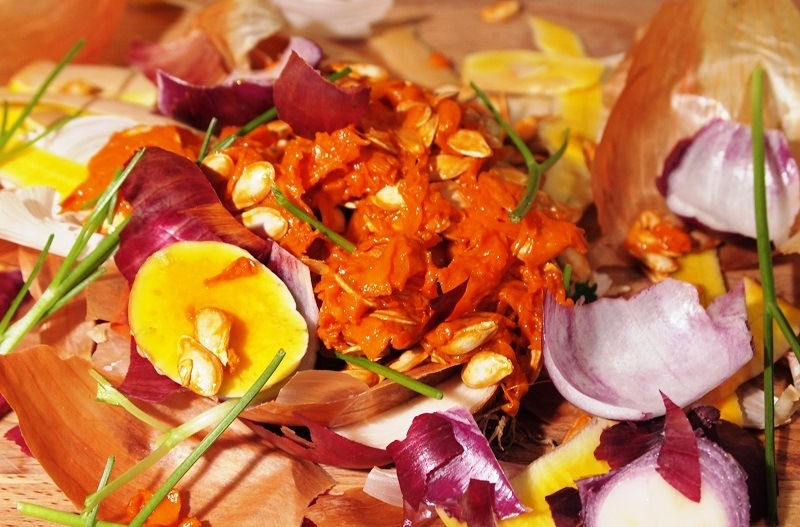
I'm not at all sure how I came to think about doing this post. But I know it began with the peelers and zesters themselves and progressed from there.
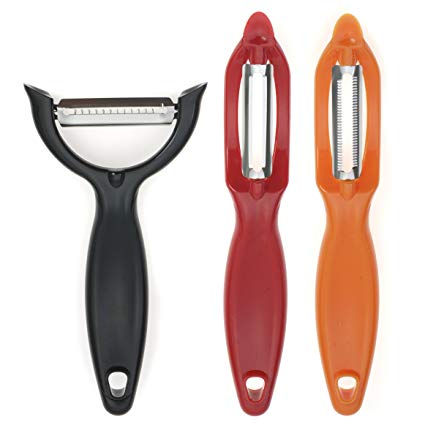
I was idly wondering when and how vegetable peelers as we know them today came into being. The picture at left shows the two basic types of peeler that you can get these days, although, of course, the design varies considerably. I thought they must be a relatively recent invention because when I was a child my mother and my grandmother did not use vegetable peelers. I learnt to peel vegetables with a small kitchen knife. I was quite young I think. Which also got me to wondering whether we are too careful with our children these days. I'm pretty sure, though I don't know, that my grandchildren would never have been taught to peel potatoes or apples with a knife. I still remember complaining that I was very slow at peeling potatoes and my mother patiently explaining that I would get faster with practice and that she also had been very slow when she was young. And whilst we are still on youthful memories I remember being surprised that the French housewives - well the two, no three, that I knew used to peel their potatoes without water, whilst we English always peeled them in the sink that was half filled with water. I wonder why that was?
So I had a look but basically found nothing other than that in the 1800s hundreds of patents for vegetable peelers were submitted. Which is sort of interesting considering that we didn't have one when I was young. And as a young bride I don't think I used one then either. Nowadays I do though. My preference is for the ones on the right I have to say. I tried classier versions of them but they didn't work for me, so I have reverted to the cheap and cheerful. I do have the variety on the left but that is used mostly in our house for making really thin shavings of cheese. So not a lot to say about peelers themselves. And ditto for zesters.
Like the vegetable peelers there are two (well sort of three) types of these two. The one on the left is the one I use if I need small threads of peel. I probably should use it for the peel in marmalade (it's marmalade time, so marmalade is on my mind), but David prefers, I think, the chunky cut kind - so it is first peeled and then sliced by hand. Very laborious. The other way of obtaining citrus zest is by grating either with a microplane - as shown above - used if you want to grate parmesan in a posh way at the table - or on an ordinary box grater using the smallest hole. Which is what I do. Though you do have to be careful not to grate the pith too.
The main thing today though is what to do with peel. And I have to confess that my main source today is Hugh Fearnley- Whittingstall's book - Love your Leftovers. Every new cook should be given this book in my opinion - not only does it have heaps of ideas of what to do with leftovers of every kind, but it also has a huge amount of information about buying and storing your kitchen supplies. And interestingly both the photograph on the front cover and the photograph opposite the title page feature vegetable peel. I suppose it's the ultimate leftover isn't it?
In the first picture he is sprinkling some roasted peel on to a healthy looking plate of salad. If you click on the picture you can see the whole thing.
There are literally thousands of things you can do with fruit and vegetable peels. There is a whole world of websites telling you health, beauty and household cleaning things you can do with them - rub avocado and banana peels over your face to moisturise for example! But I'm sticking to food here. And I'm just going to list a few of them - sometimes with a picture or two, sometimes not. Just enough to give you ideas I guess.

Those vegetable peel crisps.
This is a rather cheaper, and probably tastier version of vegetable chips. After all the peel is sometimes the tastiest part of the vegetable. Make sure your peel is clean and dry. toss them in oil and salt and pepper and roast in a heated baking tray (200ºC) for 12-14 minutes with a toss half way through. Watch them carefully - they should be crisp and golden. The toss them in a bit of paprika - or anything else you fancy I guess. You can eat them as they are, or sprinkle over salads or soups. Or grind up and then sprinkle in and over things. I saw one website where they had been added to yogurt and a few other things to make a dip. But I'm sure you could think of a whole lot of other things you could do with them besides just eating them as a very tasty snack.
Vegetable stock - this is where you can use slightly dodgy vegetables and peel that can't otherwise be used. Sweat the vegetables in oil with a bay leaf until soft then cover with boiling water and cook for about 5 minutes. Strain and freeze or store in the fridge for a few days.
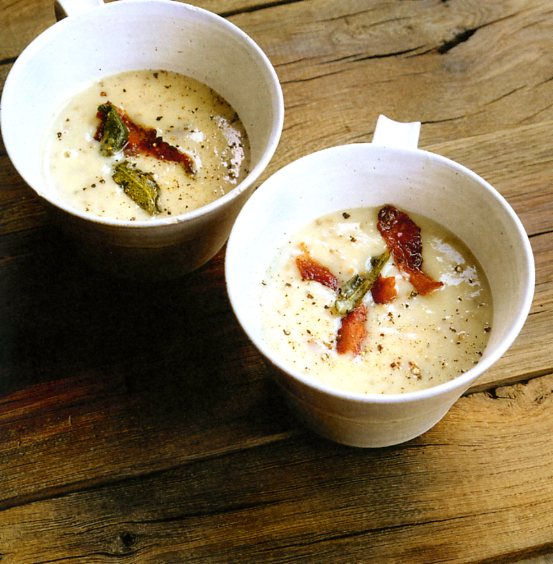
Potato peel soup
As he says, it doesn't sound all that tempting but it looks pretty good to me. Soften some onion with a bay leaf, add the potato peel and stir for a minute or so, then for 200g of peel add 500ml whole milk and 500ml chicken stock. Cook until tender, use a stick blender to make a purée, stir in parsley and top with fried sage leaves and crispy bacon - or anything else you fancy. He also suggests adding some corn or smoked fish. Parsnip and carrot peel can be used with the potato but not too much or it will be cloyingly sweet.
I think these are the three main things that you can do with vegetable peel. Fruit peel is rather more versatile.
Lemon zest
Lemon zest is an ingredient in so many things - gremolata, stuffings, pies, pastries, ice-cream. Which is why you need a zester or at least a grater. But then what kitchen doesn't have a grater? And of course all the other citrus fruits provide a zest to be used however you can imagine as well - in just about all of the cuisines of the world. One way I use orange zest - well peel really is to put a strip of orange into a meat stew - it's a very provençal thing to do.
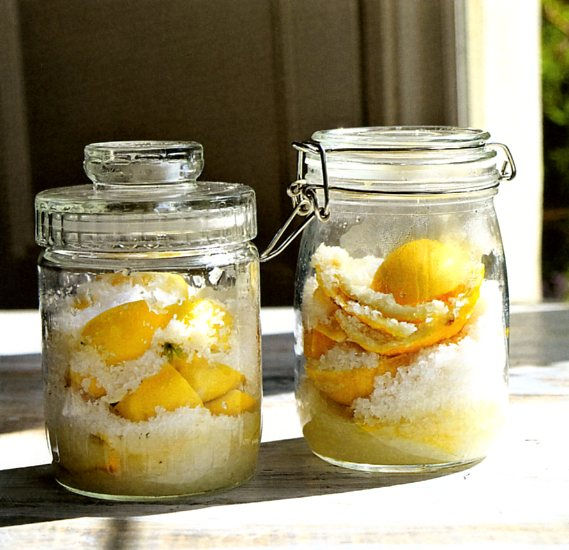
Salted lemon peel
This is sort of a cheat preserved lemon thing. Keep the lemons you have squeezed for this and that. When you have enough, cut the peel into wide pieces. In the bottom of a sterilised jar put a layer of rock salt, then lemon peel, then salt and so on with salt on the top. Pour over the juice of one lemon for 5 or 6 used lemons, cover and keep for 4 weeks, turning the jars every now and then. And hey presto preserved lemons. They cost a fortune in the shops so give this a try. Ideally you should use unwaxed lemons, but I have done preserved lemons with waxed ones - I think I just gave them a really good scrub before using. I also found this version which is slightly different - you end up with something more like a pickle. It uses less salt.
"Once squeezed, good unwaxed lemons can be finely sliced, massaged with salt, packed in a jar and, after four days at room temperature, ferment into this lovely sour condiment. Use that as a relish or in any dish to replace lemons. The other day, I made olives, feta and pasta with preserved lemon. It was the best pasta I’ve had for ages."
Apologies to the author of this - I forgot to make a note of who it came from.
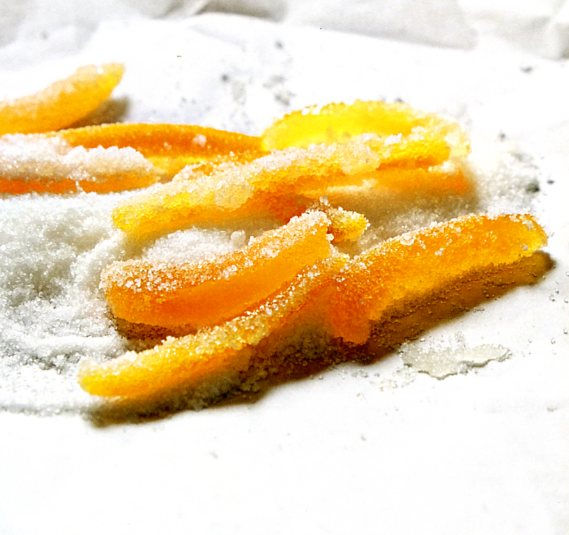
Candied citrus peel
For cakes and things - or dipped in chocolate, just to eat as they are.
Peel and slice, removing most of the pith but not all. Put in a saucepan and cover with cold water. Boil for a minute. Drain and repeat twice more.
For 500g of peel put 1kg caster sugar and 1.3 litres of water into a saucepan. Heat gently until sugar is dissolved then bring to the boil, add peel, lower heat and simmer until very soft - an hour or so. Put out a wire rack with some kitchen paper underneath. Scoop out the peel and lay on the rack. Pat dry with kitchen paper when the syrup has drained off. Then either chop and store for cakes and things, or toss, a few at a time, in granulated sugar until coated all over. Leave on a clean rack for 3 or 4 hours to dry out and then put in a sealed jar.
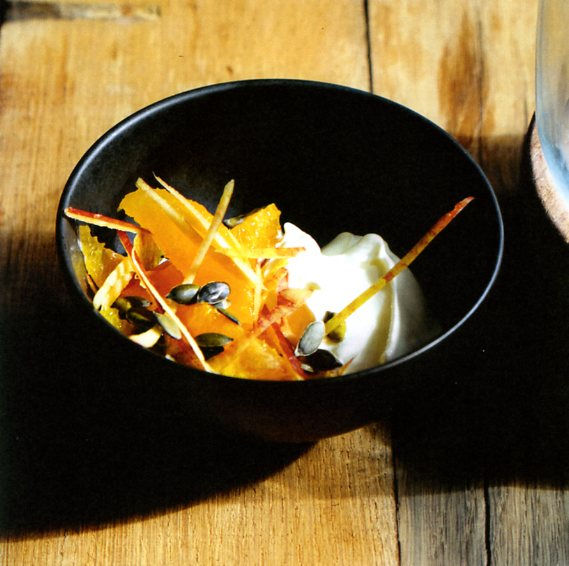
Apple peel and orange salad
This is basically orange segments mixed with finely sliced apple peel and dressed with honey, salt and pepper or a pinch of cinnamon or cardamom, served with yoghurt and pumpkin seeds or toasted almonds.
Apple peel tisane
300ml water, apple peel couple of bashed cardamom pods, cloves or small piece cinnamon stick boiled for a minute and left to infuse for a couple more minutes before straining and drinking with a little honey.
I'm guessing you would have to be reasonably quick with apple peel or it would go brown and yucky.
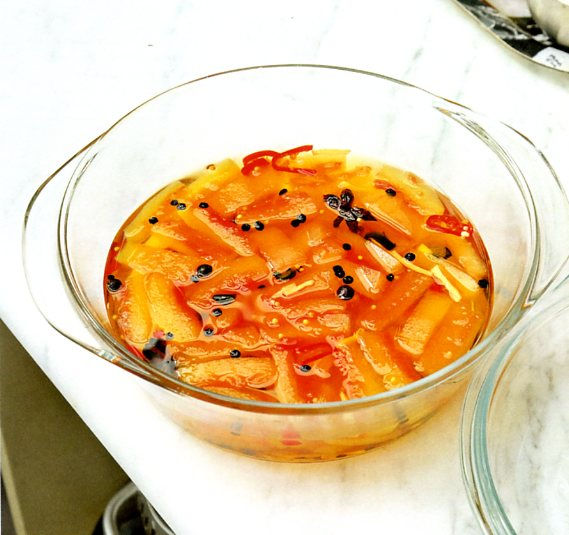
Watermelon rind pickle
I made this once and I wasn't that impressed but I now see that I should have peeled off the hard green bit of the peel.
Boil litre of water with 3 tablespoons sea salt until salt is dissolved. Remove from heat add 500g peel and leave overnight. Drain and rinse. Return to pan and add enough water to cover Bring to boil and simmer for 3 mins. Drain. In a pan put 250ml cider vinegar, 210g caster sugar, 2 tbspns flaky sea salt, 1 red or green chilli, deseeded and sliced, thumb of peeled, sliced ginger, 1 tsp black peppercorns, 1/4 tsp mustard seeds, 4 cloves, 3 allspice berries, 2 star anise, 200ml water, and stir over heat until sugar and salt dissolve. Add peel, bring to boil, then simmer for about 5 minutes until just tender. Leave to cool, putting a plate on top to keep the peel submerged. When cold decant into a plastic container, cover and keep in fridge for up to 2 weeks.
So there you go - a few ideas for what to do with rinds and peels. Not sure you can do anything with pineapple, or banana really and some others too. But hopefully it will give you a few ideas. And then if you can do nothing else - put it in the compost - not the bin.




















Comments